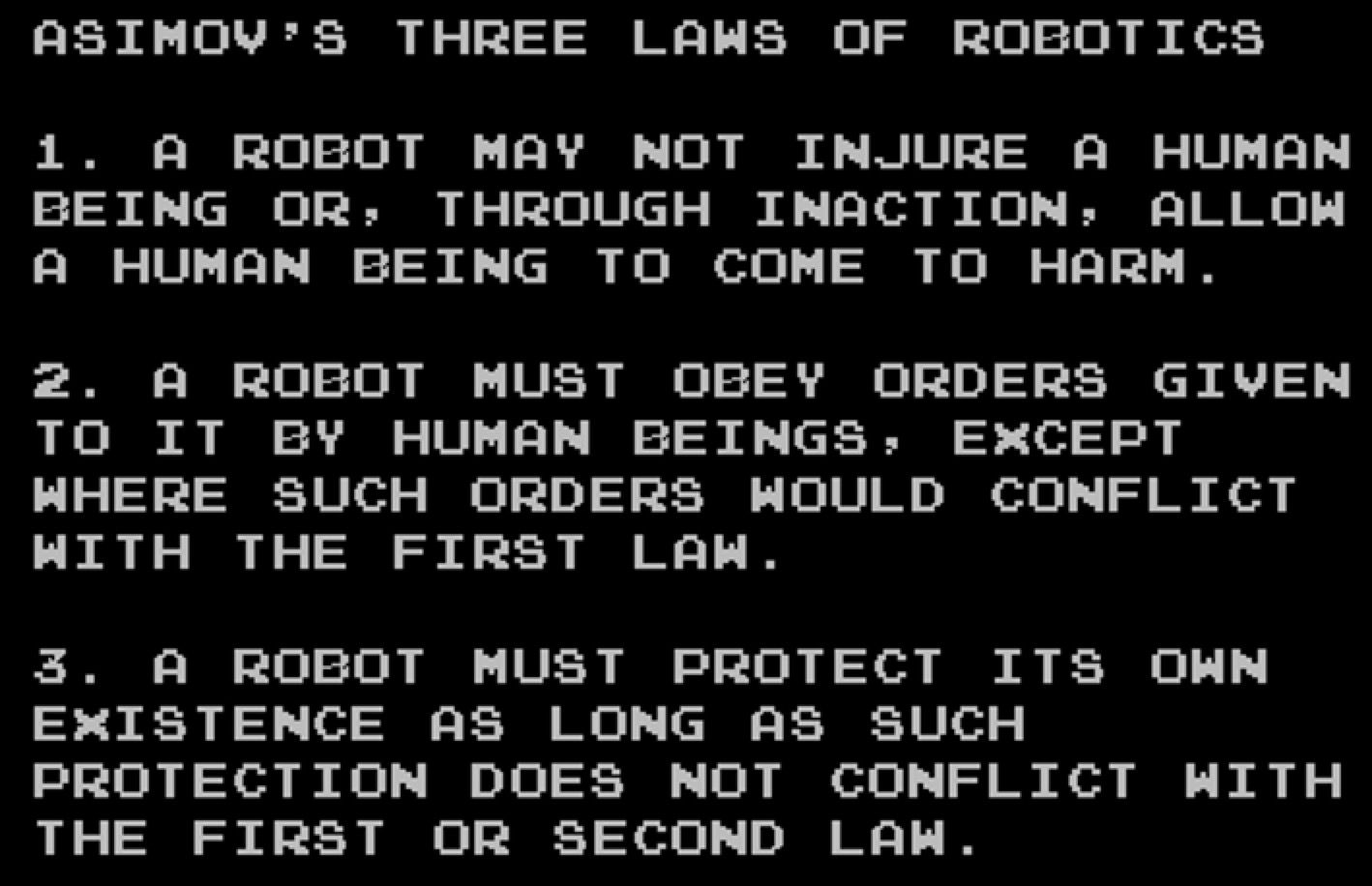Whilst working in an ‘agile’ manner started within IT, agile ways of working are needed across the organisation. In another post we spoke about the Agile Manifesto.
We believe that all of the strengths of 'Agile' can be summarised as three Laws.
- The Law of the Customer — an obsession with delivering value to customers as the be-all and end-all of the organisation.
- The Law of the Small Team — a presumption that all work be carried out by small self-organising teams, working in short cycles and focused on delivering value to customers.
- The Law of the Network — a continuing effort to obliterate bureaucracy and top-down hierarchy so that the firm operates as an interacting network of teams, all focused on working together to deliver increasing value to customers.
These 'Agile' strengths may also be applied to your advantage in building a customer-centric digital organisation that is focused on delivering value to your customers.
Next:
We'll look at each Law in more detail in separate posts:



We assert that time-honoured organisational structures and funding methods are no longer relevant. Instead, every organisation knows three kinds of leadership. In Leadership Tensions we note that in customer-centric businesses Compliance Leadership (the realm of hierarchy) is largely replaced by Social Leadership (the realm of influence) and Value Creation Leadership (the realm of reputation).

Fun fact: Asimov introduced his Three Laws in his 1942 short story "Runaround".


